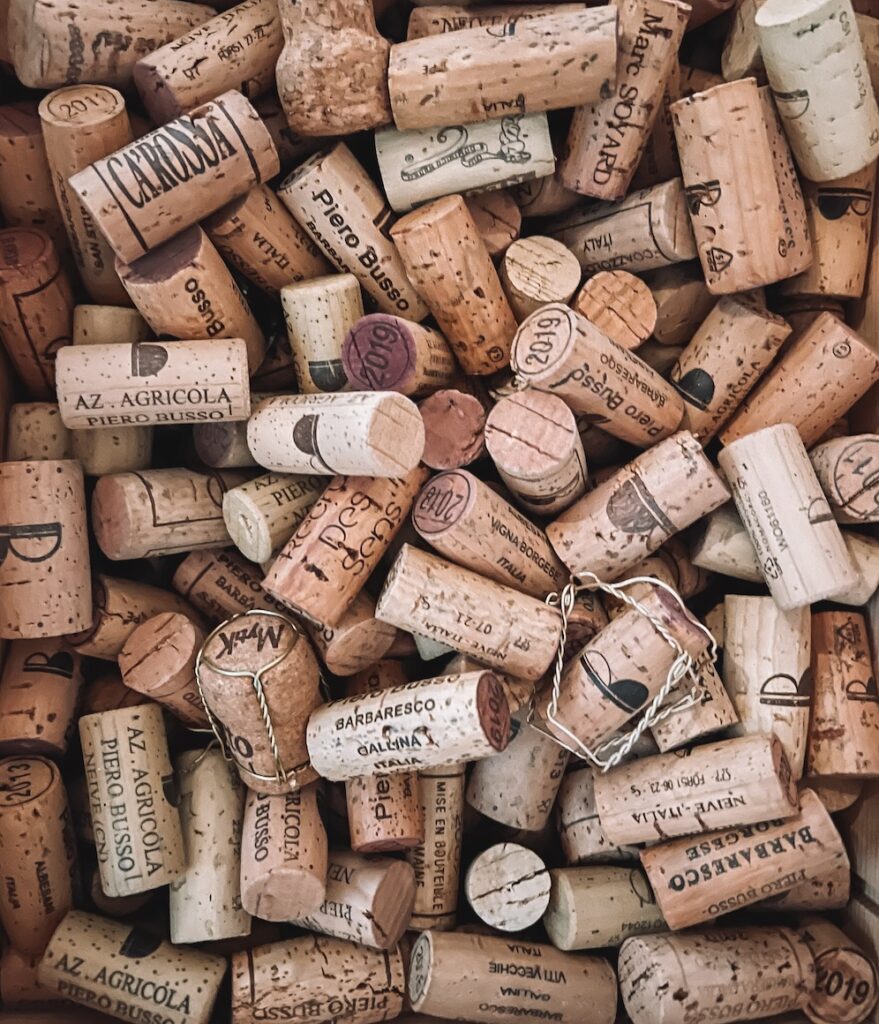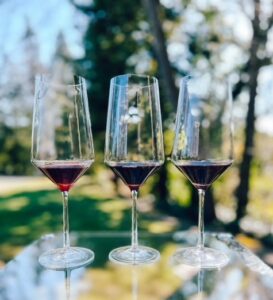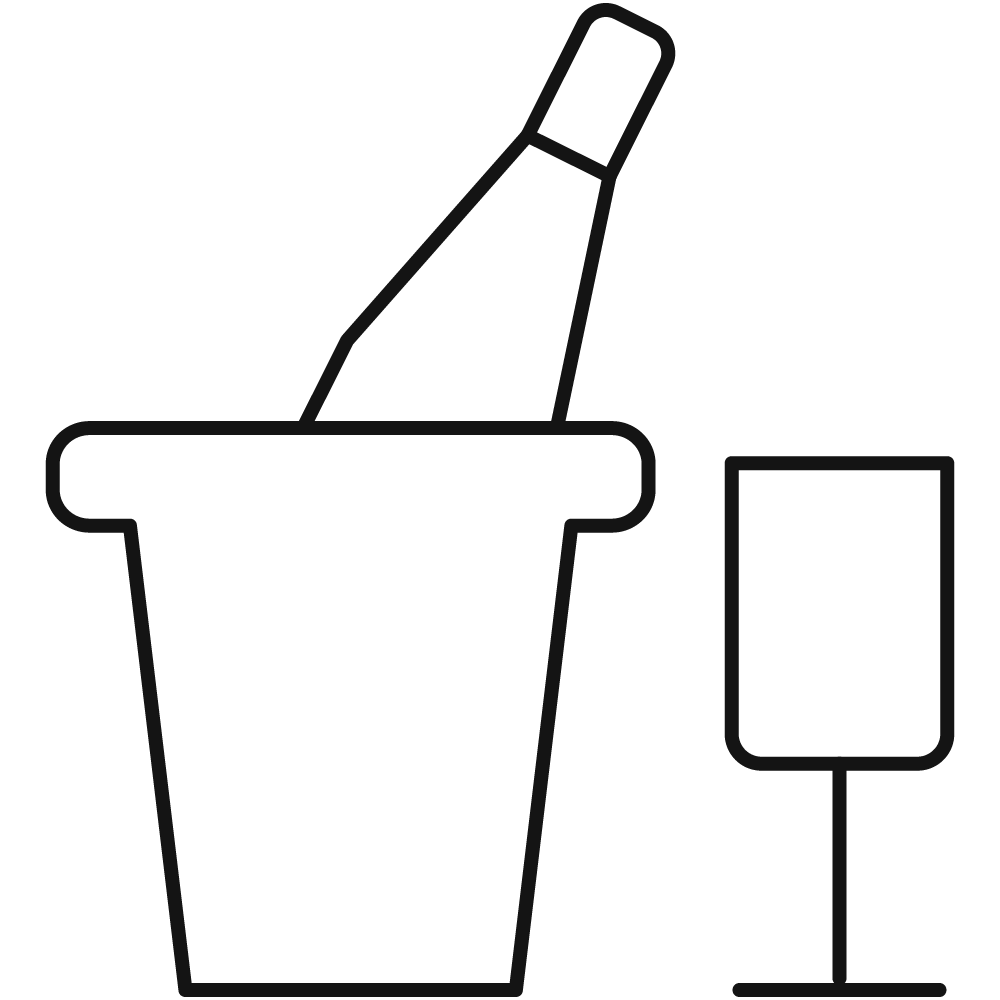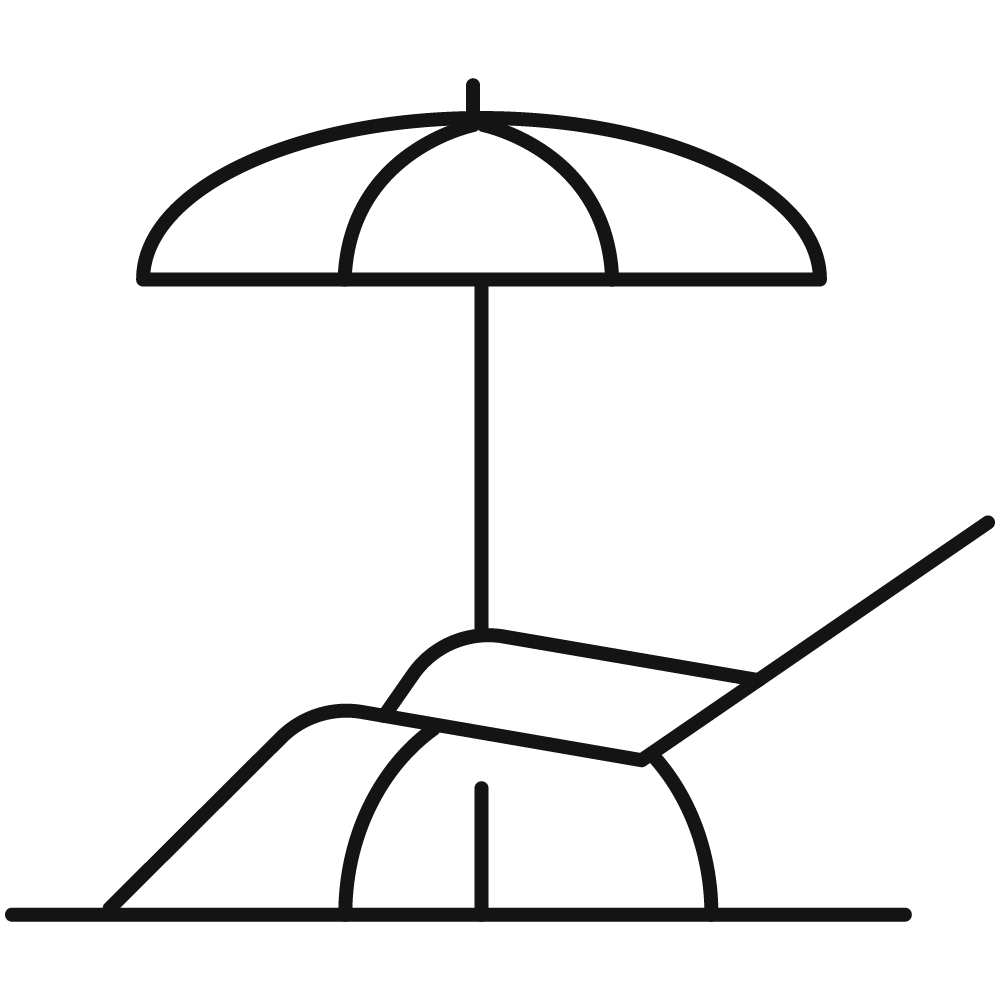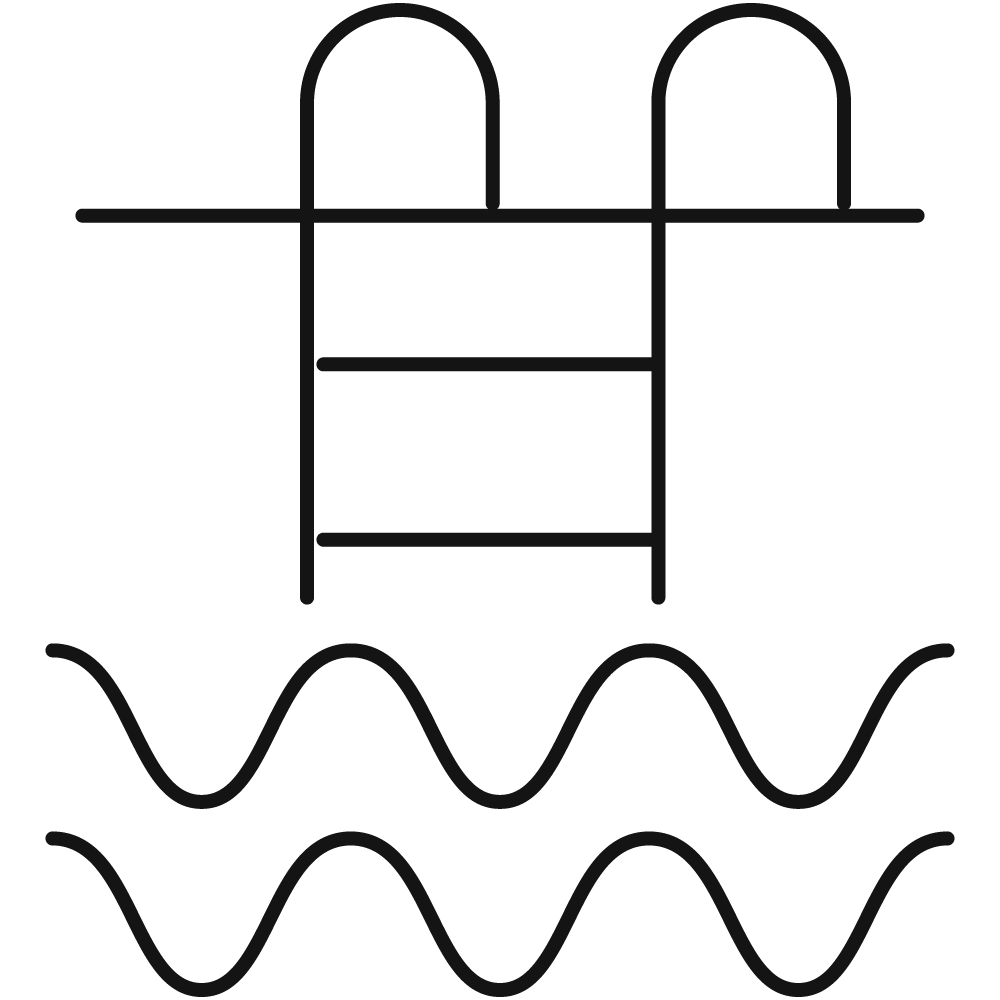Have you ever wondered what wine experts are doing when they taste a wine? There is a defined process that is quite simple once you understand the five steps involved in tasting wine. Following this process allows you to use your senses to decipher more about the wine and get more enjoyment out of whatever is in your glass.

See. Swirl. Smell. Sip. Savor.
Often we enjoy a glass of wine without much thought. Simply having a glass with family or friends can bring us a lot of pleasure. But, taking the time to learn more about what you’re drinking can lead to more appreciation and makes tasting a lot of fun!
By slowing down and learning more about the wine itself, you can start to understand what you like – or don’t like – about a particular varietal, making it easier to choose wine at a store or restaurant. It also becomes easier to pick out aromas and flavors, which helps with food pairing. And, it unearths a lot of nuance that exists within wine, elevating the entire experience.
By following these five steps, you’ll be able to educate yourself about wine and the thousands of varietals from around the world that are available to explore. Here, we explain how to approach each step and what you’ll learn. Give it a try and before you know it, you’ll be sipping like a pro.
TASTING WINE LIKE AN EXPERT
A Simple 5 Step Process
Step 1: See
The color tells a lot about a wine. It can help to identify the age, style, and concentration of the wine. Tilt the glass at an angle and look through the glass at the color of the wine, ideally against a white background. Look for clues about the wine. Is it opaque (fuller body) or translucent (lighter body)? Does the color along the rim have an orange hue indicating some age? Another sign of an aging wine is the intensity of the color. White wines get darker and red wines get lighter.
Step 2: Swirl
Before swirling the wine, make sure your glass is only about 1/3 full so you don’t spill. Hold the glass by the stem and make small circles to coat the glass with the wine. You can also do this with the glass sitting on a counter top if it’s easier. Coating the glass increases the evaporation rate and allows more oxygen to get into the wine, releasing more of the aromas. Swirling is important for letting the complex secondary aromas shine.
Step 3: Smell
Smelling the wine is one of the most important steps. It helps to identify any faults within the wine and gives us clues as to the intensity – low, medium or high. More interestingly, this is where you can begin to identify what is in the wine. From stone fruit to rosemary to cat pee, there are a lot of aromas to consider. In fact, a 2014 study identified that humans can detect more thank one trillion smells! Take time to sniff, swirl and sniff again. Do you smell flowers, fruit, herbs, spices? See if you can identify primary aromas (from the grape), secondary aromas (from the wine making process), or even tertiary aromas (from aging). It can be a lot of fun!
Step 4: Sip
Finally, it’s time to taste the wine. Take a small sip and swirl it around your mouth, then swallow (or spit it out if you’re tasting a lot). There are a few things to notice:
- Acidity – the higher the acidity, the more your mouth will water.
- Tannins – the more tannic, the more drying it will feel.
- Alcohol level, which can be identified by smell or the back of the throat.
- Sweetness, which is self explanatory.
- Body – think/light, full, round.
Step 5: Savor
This final step is where you analyze the wine and summarize your assessment based on the previous steps. Is the wine balanced, or are certain aspects more pronounced? Is the wine more simple, or do you get complex flavors and aromas that evolve over time? Does the flavor linger? Do you want another sip? If so, write it down and come back to it again.
Takeaways
Use this 5 step process often and before you know it, your wine knowledge will skyrocket. So will your appreciation for different varietals, flavors and wine making techniques. With thousands of grape varietals around the world, there is a lot to explore. Check out this article to discover a few unique white wines that would offer a great place to start.


